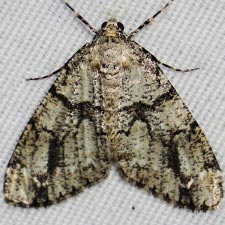
|

Digital Guide to Moth Identification |

|
|
Geometridae
91a1035 –
6635 Vinemina opacaria
(Hulst, 1881)
|
||||||||
| Photographs are the copyrighted property of each photographer listed. Contact individual photographers for permission to use for any purpose. | ||||||||

 - cf. opacaria - © Greg Raterman - cf. opacaria - © Greg Raterman |
||||||||
|
||||||||
| References (Caution: DNA barcoding at BOLD provides evidence of relatedness, not proof of identification; some BOLD specimens shown may not be sequenced.) | ||||||||
|
||||||||
  - cf. opacaria © Jim Eckert - cf. opacaria © Jim Eckert
  - cf. opacaria © Franny Geller - cf. opacaria © Franny Geller
  - cf. catalina - © JoAnne Russo - cf. catalina - © JoAnne Russo
|
||||||||
  - gen. - 30mm – © Jim Vargo - gen. - 30mm – © Jim Vargo
|
Moth Photographers Group at the Mississippi Entomological Museum at the Mississippi State University
Send suggestions, or submit photographs to Webmaster — Moth Photographers Group
Database design and scripting support provided by Mike Boone


